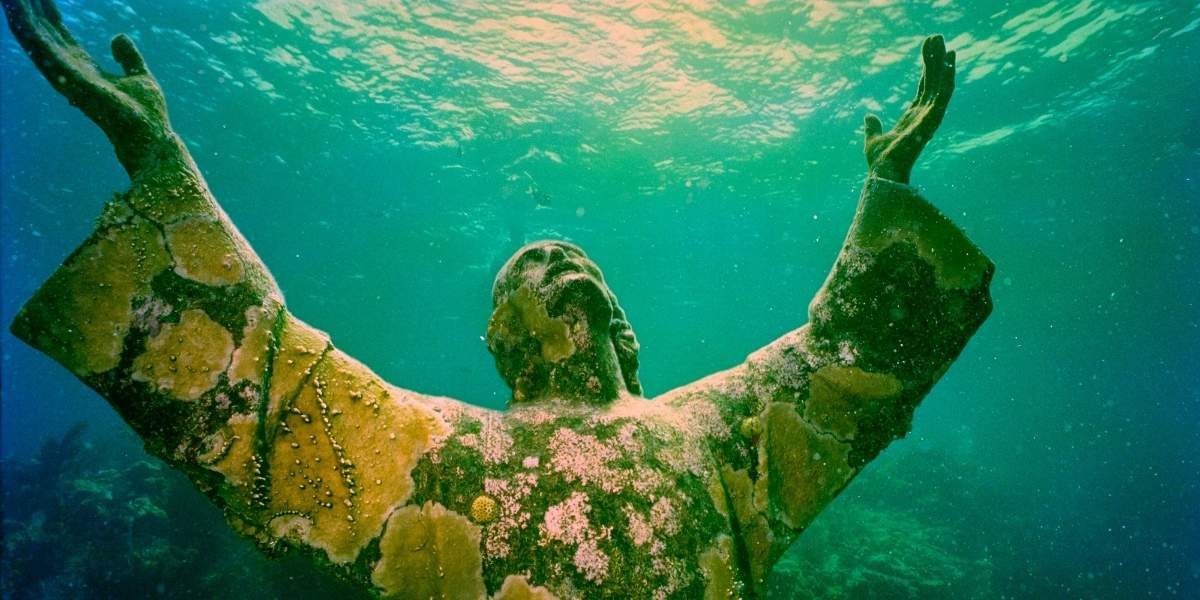Underwater Wonders: Secrets of the Modern Age
The underwater world has always inspired mystery, but today it’s more than a realm of myth and imagination. With advances in marine technology, explorers are diving deeper than ever before, uncovering wonders that defy expectation. From bioluminescent creatures glowing in the dark to forgotten cities buried beneath the sea, the modern age has revealed an aquatic frontier as rich and complex as any on land. These discoveries aren’t just beautiful—they’re changing what we know about Earth.
Read Also: Memes and Their Influence on Modern Culture
What Technologies Are Unlocking the Underwater World?
Reaching the ocean’s most hidden places has never been more possible. Today’s marine scientists use advanced submersibles, sonar mapping, and robotic rovers to explore zones once thought unreachable.
One breakthrough came with the development of autonomous underwater vehicles (AUVs). These machines travel vast distances, collecting data in real time, often with no human aboard. AUVs have helped uncover entire mountain ranges under the sea and have mapped previously unseen ecosystems on the ocean floor.
In shallow waters, 3D imaging now allows researchers to scan coral reefs and wrecks in stunning detail. This technology has revealed not only the scale of natural wonders but also their fragility.
These tools aren’t just technical marvels—they are storytellers. They bring back visuals, sounds, and samples from places that were once imagined but never seen.
Which Underwater Sites Have Surprised Scientists the Most?
Some of the most surprising discoveries have come from unexpected locations. In the Caribbean, marine archaeologists uncovered an ancient port structure off the coast of Cuba. Believed to be several thousand years old, it includes symmetrical stone formations that have sparked debates about long-lost civilizations.
In the Indian Ocean, a team of scientists recently explored the Seychelles’ underwater volcanic fields, discovering life forms adapted to extreme temperatures and high pressure. These ecosystems thrive without sunlight, relying instead on heat and chemical energy—a revelation that reshapes our ideas about life itself.
Then there’s the mysterious Yonaguni Monument off the coast of Japan. Though its origins are still debated, its massive underwater staircases and terraces suggest a human hand. Whether natural or crafted, the structure draws global attention for its architectural scale.
What Life Forms Exist in the Deepest Parts of the Ocean?
As exploration pushes deeper, the creatures found are as otherworldly as they are real. In the hadal zone—depths beyond 6,000 meters—researchers have encountered species that defy traditional classification.
One example is the Mariana snailfish, found more than 8,000 meters beneath the surface. Its soft body and transparent skin allow it to survive immense pressure that would crush most life forms.
Other regions, like the deep-sea vents near the Galápagos, host tube worms and bacteria that feed on chemicals instead of sunlight. These organisms live in environments that resemble early Earth—or even conditions on other planets.
Some fish species have evolved transparent heads or glowing organs. Bioluminescence, in fact, is far more common than once thought. It serves as camouflage, communication, or hunting aid in the absence of light.
These biological adaptations hint at nature’s creativity and the planet’s hidden resilience.
How Are Underwater Discoveries Shaping Science and Society?
Each underwater find carries implications beyond oceanography. From climate research to medical science, what lies beneath is transforming fields across the board.
Marine sediments store climate records going back millions of years. By analyzing these layers, scientists can track historical temperature changes and predict future shifts. In a time of global warming, this data is vital.
Medicinal compounds found in marine sponges and mollusks have shown promise in treating infections, cancers, and inflammation. The search for underwater cures has only just begun, but the possibilities are vast.
There’s also the cultural dimension. Shipwrecks, submerged cities, and ancient tools offer clues to our shared human history. They tell stories of migration, trade, and even catastrophe. As sea levels rise, preserving these submerged archives has become urgent.
In cities like Venice, where underwater engineering keeps flooding at bay, lessons from the ocean are influencing urban design and infrastructure. These connections remind us that underwater exploration is not separate from human life—it is deeply tied to it.
Read Also: Big Bang Theory: Current Scientific Evidence Explained
Why Do These Wonders Continue to Inspire?
Part of the allure is that the underwater world remains largely unexplored. Despite our technological advances, more than 80% of the ocean is still unmapped and unobserved.
Each dive holds the promise of discovery—whether a new species, an ancient artifact, or a geological marvel. This sense of possibility keeps explorers, scientists, and even artists coming back.
Documentaries, exhibits, and virtual dives now bring these wonders to global audiences. Children can tour coral reefs from classrooms, and museumgoers can walk through digital renderings of sunken ruins.
The ocean invites imagination. It reminds us that Earth still holds secrets, and that those secrets might change everything—from how we view life to how we protect it.






